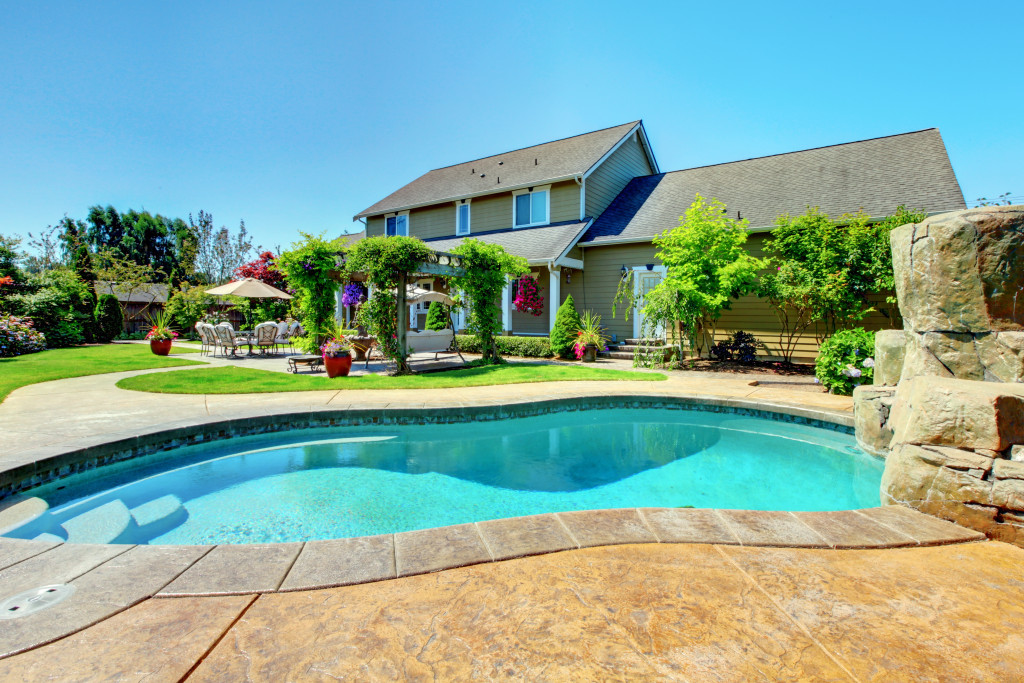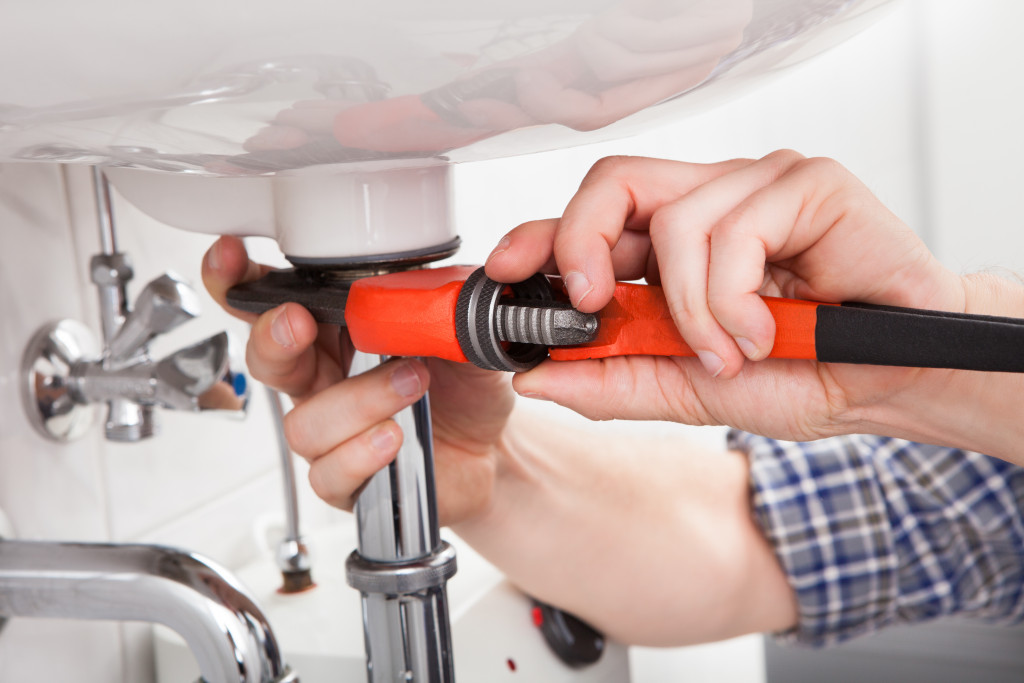- Prioritize the kitchen and bathrooms when renovating a property to flip it for sale.
- Focus on curb appeal by installing outdoor lighting, updating outdoor fixtures, adding new paint, and creating outdoor living spaces.
- Optimize the floor plan with open layouts and multifunctional rooms.
- Address structural and systemic issues like leaking roofs, outdated electrical systems and inefficient heating.
- Prevent future moisture-related problems with professional moisture mitigation.
The real estate market is filled with opportunities for savvy investors with an eye for potential. Property flipping is a highly lucrative endeavor, where one can acquire properties at a discounted price, undertake renovations, and subsequently sell them for a considerable profit. While it sounds straightforward, the renovation phase is crucial. A well-executed renovation can significantly increase a property’s value, while mistakes can quickly erode potential profits. Here are five renovation tips that can guide you to success.
1. Prioritize the Kitchen and Bathrooms
The kitchen and bathrooms are often regarded as the heart and soul of a home. Prospective buyers pay significant attention to these areas, and upgrades here can offer the highest return on investment.
Start with the kitchen. A modern kitchen with new cabinets, countertops, and updated appliances can instantly uplift the property’s appeal. For bathrooms, consider replacing outdated fixtures, tiles, and ensuring proper ventilation. Remember, you don’t necessarily need a complete overhaul; sometimes, a fresh coat of paint and updated hardware can make a difference.
2. Focus on Curb Appeal

The exterior of a property is the first thing potential buyers see. An unkempt lawn, faded paint, or broken fixtures can be an immediate turn-off, no matter how beautiful the interior might be.
Here are tips to improve your property’s curb appeal:
Install Outdoor Lighting
Outdoor lighting can significantly improve your property’s aesthetic and make it more appealing to potential buyers. It accentuates the house’s architecture and provides security by illuminating dark corners. Consider using energy-efficient, solar-powered lights to make your property more sustainable and attractive to eco-conscious buyers.
Update Outdoor Fixtures
Upgrading outdoor fixtures like door handles, mailboxes, and house numbers can substantially improve your home’s curb appeal. Choose fixtures that match your home’s style. For instance, a modern house may look best with sleek, stainless steel fixtures, while a rustic-style home might benefit from fixtures with an antique finish.
Add a Fresh Coat of Paint
A fresh coat of paint can dramatically transform the look of your property. Opt for neutral colors as they appeal to more potential buyers. Don’t forget to paint smaller details like shutters, trim, and railings. Remember, the goal is to make your home look well-maintained and inviting.
Create Outdoor Living Spaces
Outdoor living spaces like patios, decks, and fire pits can significantly increase a home’s value and buyer appeal. These spaces show potential buyers that they can utilize your property for entertainment and relaxation. When designing outdoor living spaces, consider comfort, convenience, and privacy.
3. Optimize the Floor Plan
Today’s buyers lean towards open floor plans and airy and interconnected spaces. If you’ve purchased an older property, the chances are that it has a more compartmentalized layout.
Evaluate if knocking down non-structural walls can create a more open feel. However, always consult with a professional before making structural changes. Additionally, consider the functionality of each room. For instance, converting an unused small room into a home office or study can appeal to today’s work-from-home culture.
4. Address Structural and Systemic Issues

While cosmetic changes are essential, don’t neglect the bones of the property. Issues like a leaking roof, outdated electrical systems, or inefficient heating can become significant problems.
Before diving into aesthetic renovations, thoroughly inspect the property to identify any underlying issues. Addressing these problems might not be immediately visible to potential buyers, but they will certainly come up during their inspection process. Ensuring the property is structurally sound and up-to-date with electrical and plumbing standards is crucial.
5. Prevent Moisture-Related Problems
In the process of renovation, it’s not just about fixing existing problems but also preventing future ones. One of the most common issues in properties, old and new, is moisture-related damage. This can lead to mold growth, structural damage, and other problems.
Investing in professional moisture mitigation is extremely crucial. This involves identifying potential sources of moisture intrusion and addressing them. Whether it’s sealing basements, improving drainage, or installing vapor barriers, taking proactive measures against moisture can save significant repair costs and assure potential buyers of the property’s integrity.
In Summary
Flipping a property for sale is as much an art as a business venture. Balancing between aesthetic appeal, functionality, and structural integrity can be challenging but achievable with careful planning and prioritization. Remember, each property is unique, so while these tips provide a roadmap, always be ready to adapt to the specific needs and challenges of the property you’re working on. Your attention to detail and commitment to quality will surely reflect in the final sale price.

